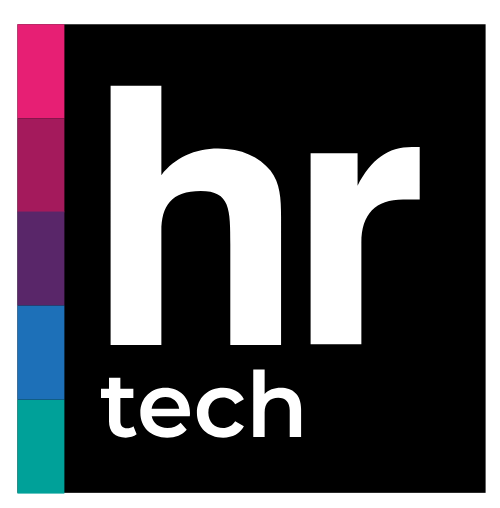News
AI at the edge: why the future of the cloud is faster than ever before
)
For years, the cloud has been the epicenter of data processing and artificial intelligence, but now a major shift is occurring. Increasingly, data is being analyzed and processed in the same place where it is generated, without the need to send it to a remote data center. This approach, known as Edge AI, not only reduces latency, but also optimizes cloud usage, avoiding unnecessary traffic and improving security.
The traditional cloud computing model has been very effective, but with the explosion of connected devices and increasing data volume, it is beginning to have limitations. Not all applications can afford the time it takes for a request to travel to a central server and return with a response. In sectors such as automotive, Industry 4.0 or healthcare, making decisions in a matter of milliseconds is not an advantage, but a requirement.
This is where AI at the edge makes a difference. Instead of relying exclusively on the cloud, it allows you to run AI models directly on edge devices: security cameras, industrial sensors, autonomous vehicles or 5G networks. This not only speeds up processing, but reduces bandwidth consumption and minimizes the security risks associated with sending sensitive data to external servers.
Technology giants are already driving this trend with AI-optimized hardware and hybrid architectures that combine the best of the cloud with on-premises processing power. The result is a more efficient ecosystem, where each task is executed in the most appropriate place: time-sensitive processes at the edge, and complex analytics in the cloud.
The impact of this model is being seen in multiple sectors. In retail, smart stores adjust prices or manage inventories in real time according to customer behavior. In industry, machine vision systems detect defects in production lines without stopping operations. In healthcare, connected medical devices analyze data instantly, without waiting for a server to process the information.
But it's not just about speed. The big challenge for Edge AI is finding the balance between what is processed locally and what is delegated to the cloud. Not all applications require immediate response, and not all devices have the ability to run AI models without impacting their performance or power consumption.
The future lies not in choosing between edge or cloud, but in combining them intelligently. Companies that know how to integrate these two worlds will optimize costs, improve efficiency and be prepared for an environment where immediacy is no longer optional.

 Cloud & AI Infrastructure
Cloud & AI Infrastructure Cyber Security World
Cyber Security World Big Data & AI World
Big Data & AI World  Data Centre World
Data Centre World  Technology for Marketing
Technology for Marketing E-Show Madrid
E-Show Madrid HR Technologies
HR Technologies Learning Technologies
Learning Technologies)
)
)
)
)
)
)
)
)
)
)
)
)
)
)
)
)
)
)
)
)
)
)
)
)
)
)
)
)
)
)
)
)
)
)
)
)
)
)
)
)
)
)
)
)
)
)
)
)
)
)
)
)
)
)
)
)
)
)
)
)
)
)
)
)
)
)
)
)
)
)
)
)
)
)
)
)
)
)
)
)
)
)
)
)
)
)
)
)
)
)
)
)
)
)
)
)
)
)
)
)
)
)
)
)
)
)
)
)
)
)
)
)
)
)
)
)
)
)
)
)
)
)
)
)
)
)
)
)
)
)
)
)
)
)
)
)
)
)
)
)
)
)
)
)
)
)